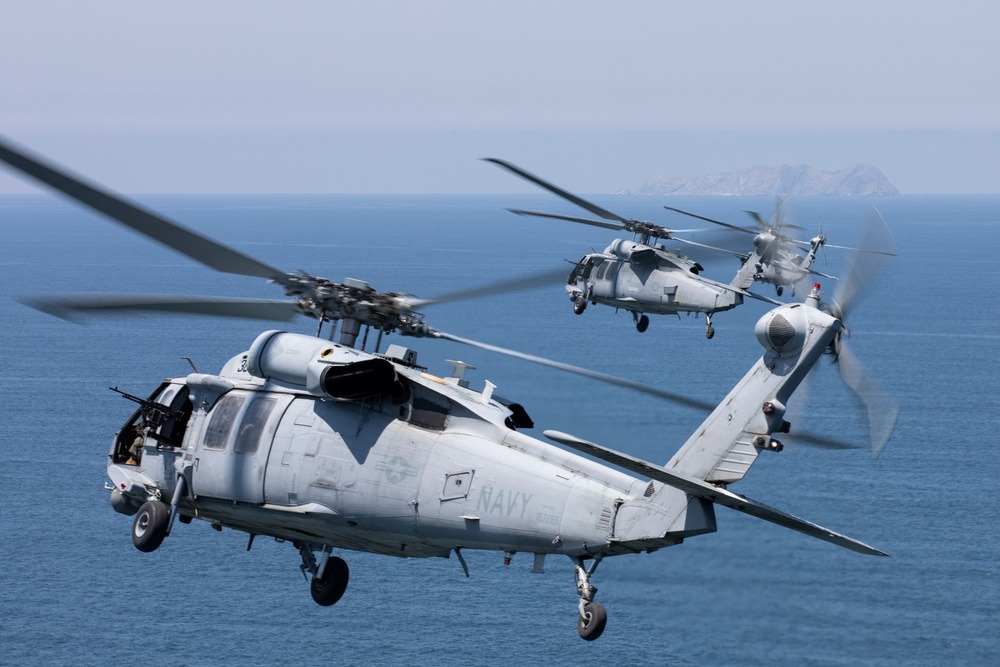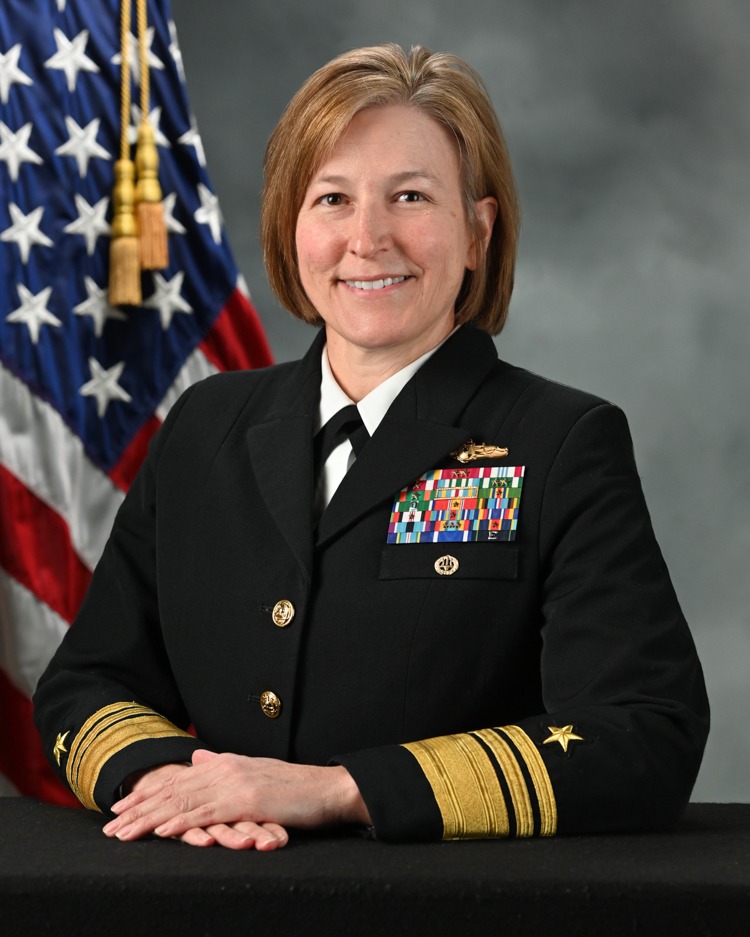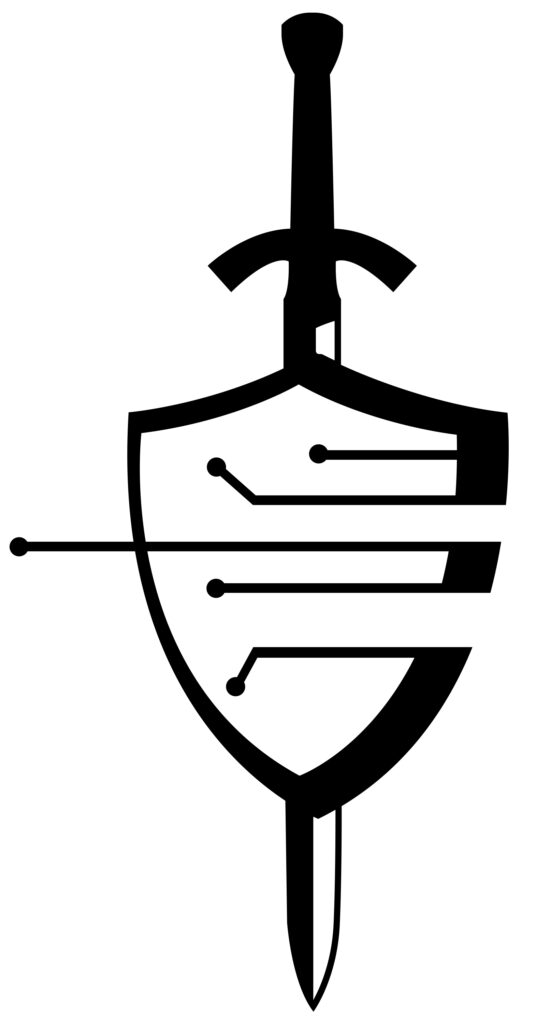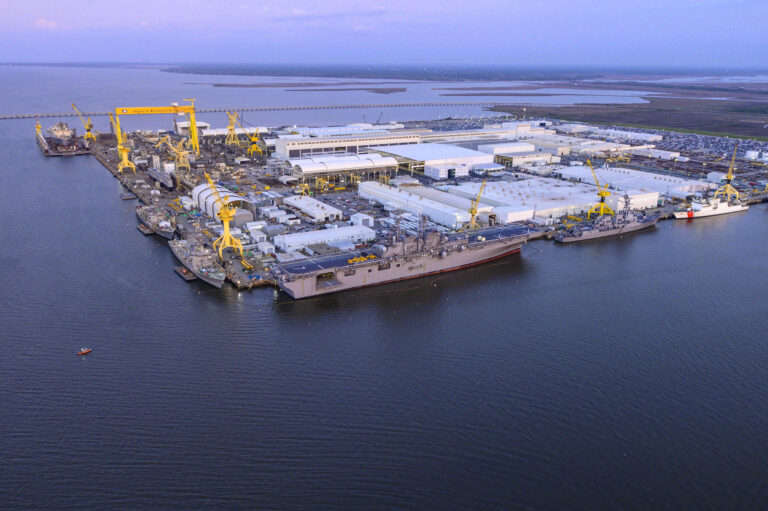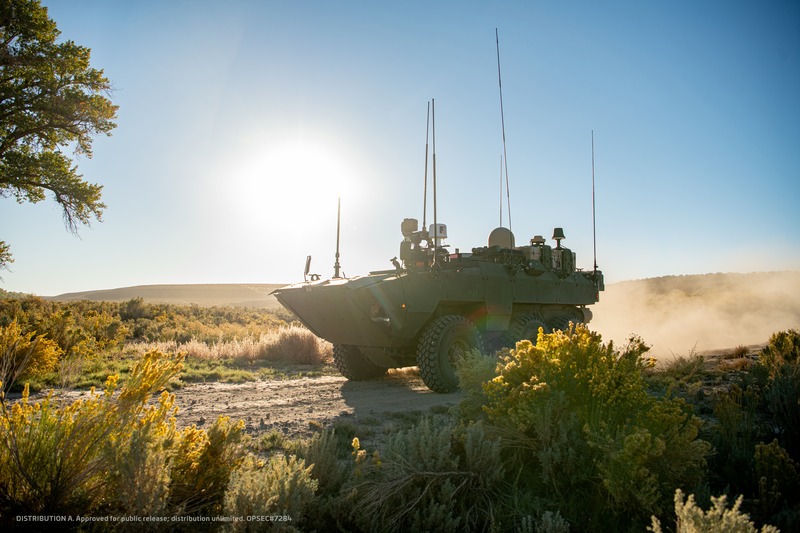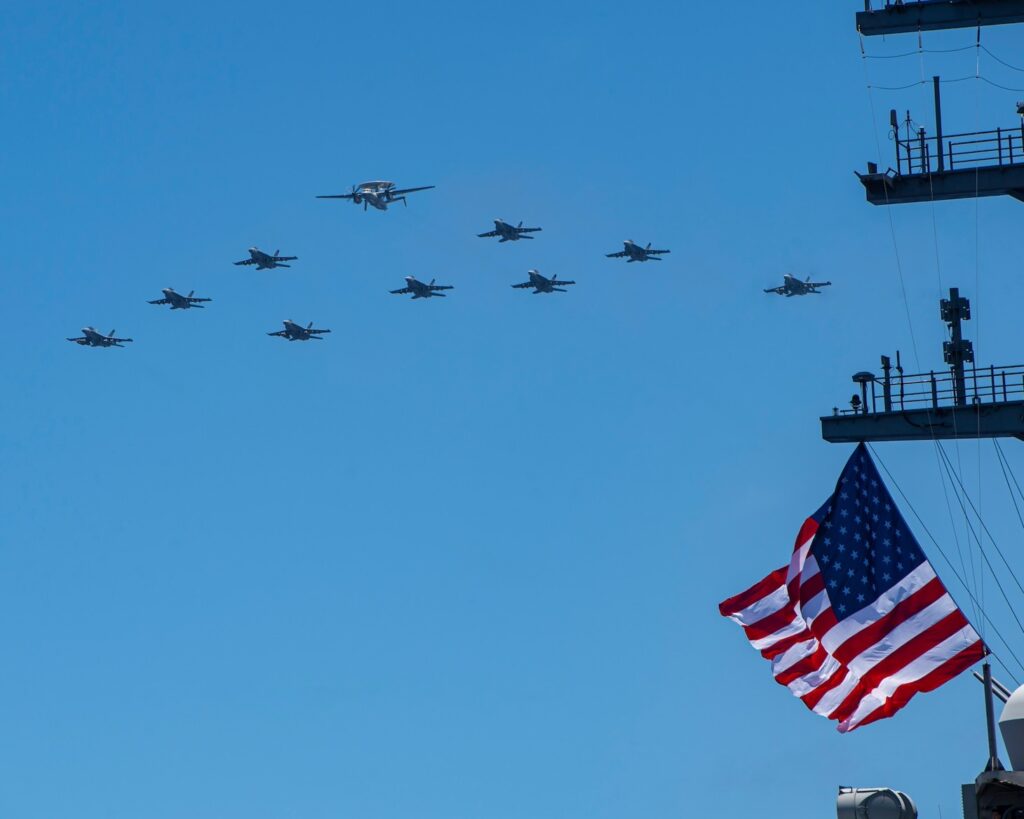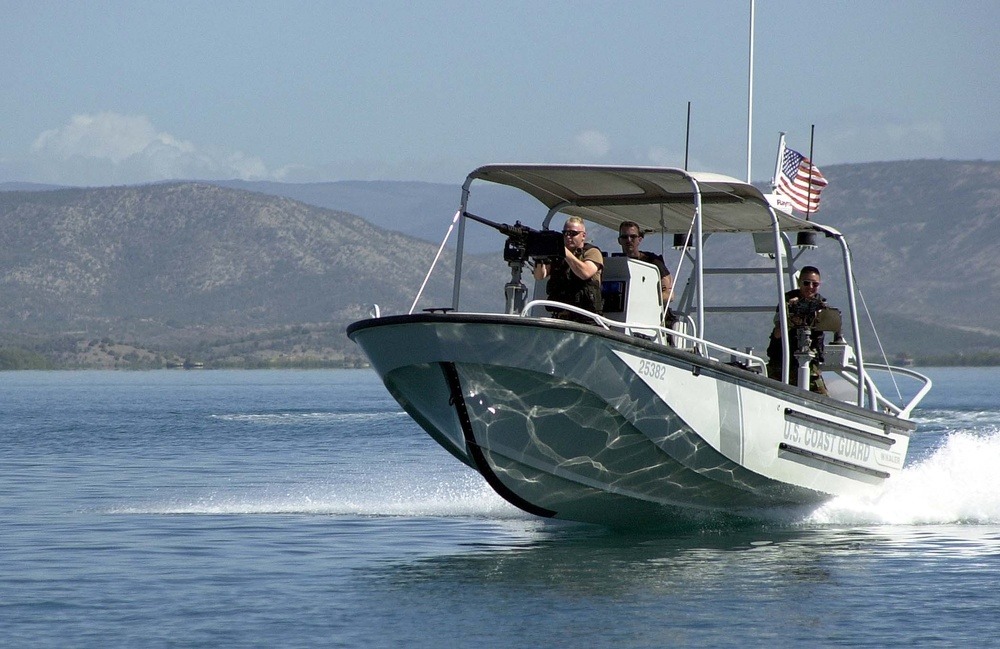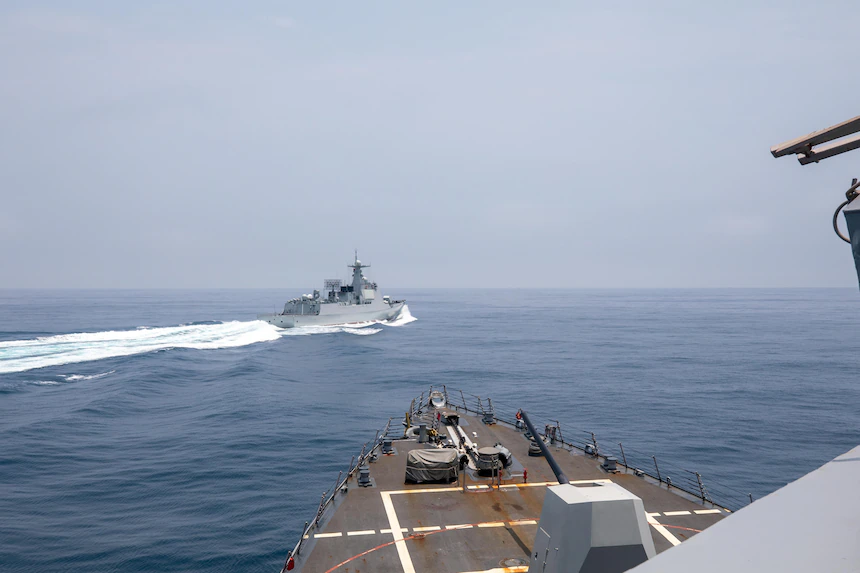Fleet Forces Commander Caudle: Navy Is Flexing Proficiency in Operational Level of War
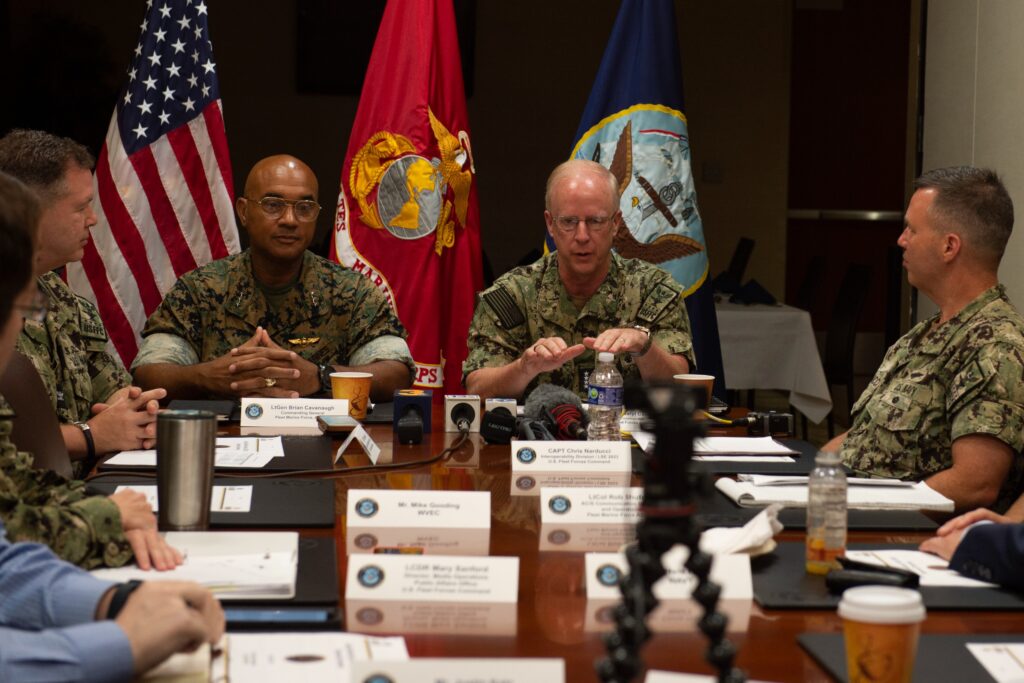
*****
ARLINGTON, Va. — The Navy’s ability to plan and execute war at the operational level in a joint environment is one factor being tested in an upcoming large-scale exercise, with fleet commander staffs and their fleets set to be stressed in various scenarios. The Navy is leveraging the operational planning expertise of the Marine Corps officers integrated in its staffs.
Admiral Daryl Caudle, commander, U.S. Fleet Forces Command, speaking July 24 to reporters during a briefing on the upcoming Large-Scale Exercise 2023, was asked by Seapower to address the Navy’s proficiency in the operational level of war, the lack of which was years ago a noted weakness.
“Our ships are fantastically engineered and built, they’ve got all the kit,” Caudle said. “We embark on those, lean forward, and can sustain in operations … so the ability for the Navy to think about how we actually plan and utilize those forces was somewhat dampened maybe by the fact that our ability to conduct warfare with those ships was so good. So, we found ourselves in a place where we needed to improve our ability to plan.
“We are — in a very prescribed and repeated manner — sending more of our Navy leaders to planning school,” the admiral said. “We’re building naval planners. We’re getting them in position of fleet command staffs, combatant command staffs, to actually exercise that level of Navy planning required to conduct this global warfare more effectively.
“We integrate with the Marine Corps who are excellent at this, and we bring our Marine partners into our planning cells,” he said. “Our future planning cells at all of our MOCs [Maritime Operations Centers] is part of that. Our future operations — where talk about that three-to-six-month time frame — where Marine Corps officers really bring a lot of knowledge and capability to Navy staffs. We’re completely integrated there. Our targeting cells are completely integrated. The things that the Marines have a lot of expertise in this that the Navy is still learning how to do at that level. It’s been a great success story.”
Over the last two decades the Navy has established Maritime Operations Centers to support fleet staffs and other commanders in planning and executing operations.
Caudle described the MOCs as “really a maritime operational concept … that informs the commander’s decision cycle. When you hear the word ‘MOC,’ what should really come to your mind is a battle rhythm. We can scale that level of battle rhythm to the conflict that it needs to scale to. So, we’re going to test the different echelons of scale during Large-Scale Exercise 23 to enable a global battle rhythm between three fleet commanders, exercising that decision cycle…. So, that’s part of this as well, testing out how that operational concept works.”
Large-Scale Exercise 2023, scheduled for Aug. 9 through Aug. 18, is a global exercise that will involve 22 time zones, six combatant commanders, seven fleets, nine MOCs, six carrier strike groups (four virtually in Live Virtual Constructive (LVC)), three amphibious ready groups (two in LVC), 25 ships and submarines (plus another 50+ LVC), and 25,000 Sailors and Marines.
